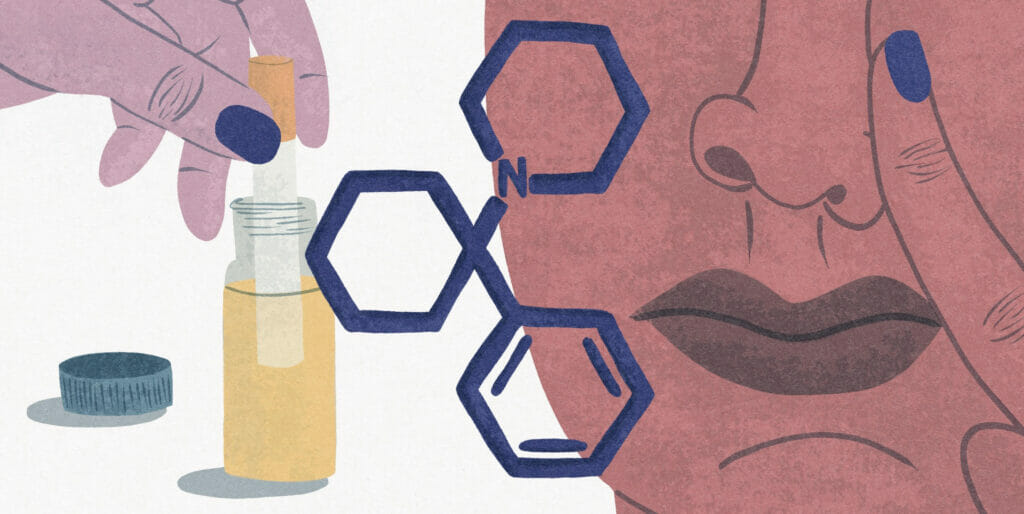By Troy Farah
Original illustration by Riayn Grey
Stigma against PCP or “angel dust” contradicts the science of this misunderstood psychedelic. But, will the psychedelic community ever look at phencyclidine favorably?
The retro schlock horror of cannabis turning teenagers into murderous sex fiends is nothing but laughable today. The same Reefer Madness applied to psychedelic drugs like LSD or psilocybin “magic” mushrooms is also rightfully judged to be an absurd relic of the Nixon era. Even attitudes on heroin, cocaine and methamphetamine have slightly relaxed—sure, these drugs can be highly addictive, but few believe they turn you into a bloodthirsty monster.
Yet one narcotic still remains in the public consciousness as nothing but a lethal menace that will drive users into fugues of brutal rage: PCP.
Ever since its arrival on the black market in the 1960s, PCP, or phencyclidine, has been saddled with a reputation of extreme violence, cannibalism and superhuman strength. Urban legends of “angel dust” consumers breaking squad car doors off their hinges or bursting from handcuffs persist—despite the fact that scientific evidence for PCP causing any such behavior is non-existent, to put it lightly.
Like many other demonized drugs, such as ketamine or MDMA, PCP has a long history of therapeutic use. And PCP is a psychedelic, too, not just a dissociative anesthetic. But while drug policy reform advocates are pushing the Overton window when it comes to so-called “classic” psychedelics, PCP is notably left out of the conversation. But why?
“I am deeply disturbed that there is a deafening silence from the psychedelic community while fellow drug users continue to be brutalized as a result of PCP-related misapprehensions,” Dr. Carl Hart, a neuroscientist and professor of psychology at Columbia University wrote in his most recent book, Drug Use For Grownups. But he acknowledges a likely explanation: “Drawing attention to the fact that PCP is also a psychedelic might jeopardize the reputation, and thus the availability, of other psychedelics.”
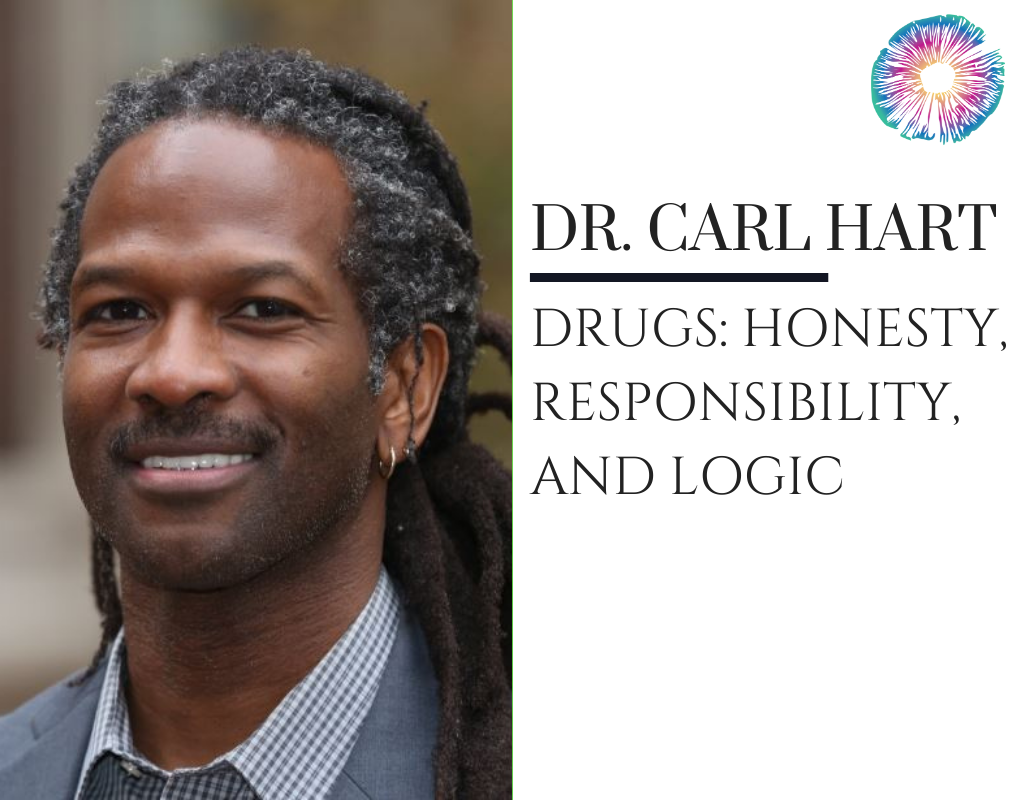
PCP could be seen as another example of “psychedelic exceptionalism,” in which certain drugs are seen as “better” than others because they are used by certain people and not others. For example, the Decriminalize Nature movement has taken the U.S. by storm, loosening laws against “plant medicine” like ayahuasca, ibogaine and mescaline cactus, not to mention psilocybin fungi. But these laws—which have passed in at least seven cities, including Oakland, Ann Arbor and Cambridge—exclude other plant medicines like opium, coca leaf, khat and more.
The same narrow-mindedness or lack of political scrutiny could be said about PCP, according to Hart and other experts, such as Dr. Jason Wallach, a neuropsychopharmacologist and assistant pharmaceutical sciences professor at the University of the Sciences in Philadelphia. Wallach has closely studied PCP, ketamine and related drugs like 3-MeO-PCP, publishing numerous reports on this class of drugs (known technically as arylcyclohexylamines), including a textbook chapter devoted to dissociative anesthetics.
“I don’t see anything about PCP that makes it inherently more dangerous than other dissociative drugs, like ketamine, for example,” Wallach tells Psychedelics Today. “I think the stigma around PCP is almost exclusively of the media’s creation.”
Understanding how that myth of PCP was created—and how the power structures it serves persist today—is essential for anyone who truly cares about drug policy reform.
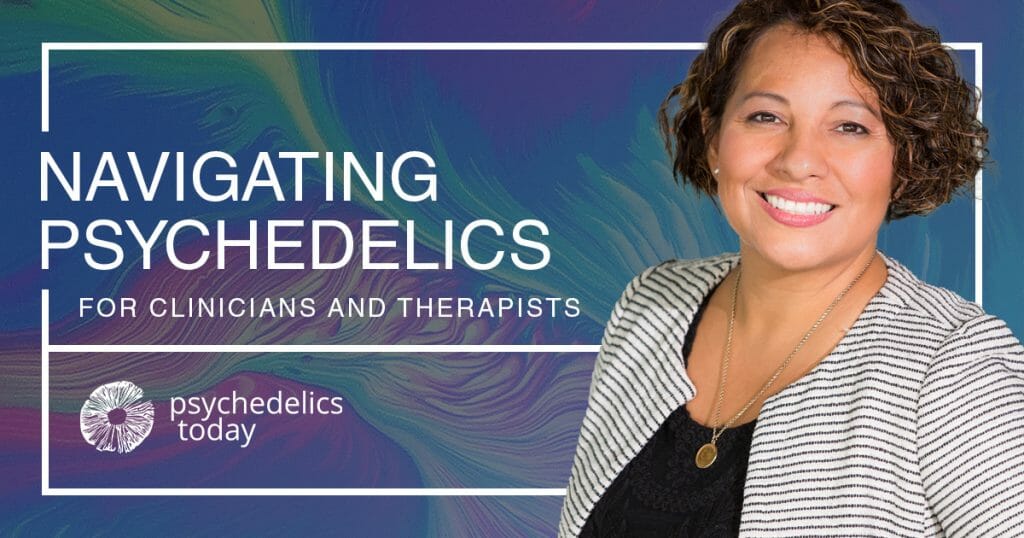
A Brief History of Phencyclidine
Like many drugs, the profound psychoactivity of PCP was an unexpected discovery. On March 26, 1956, a medicinal chemist named Dr. Victor Maddox was developing various compounds for Parke-Davis and Company in Detroit, Michigan. Maddox showed one molecule, which he temporarily named GP 121, to his coworker, Dr. Graham Chen, who said it was the most unique compound that he had ever examined. This was phencyclidine, or PCP.
Structurally, PCP resembles a stupor-inducing drug that is produced in Corydalis cava flowers called bulbocapnine, which was used by the CIA in the agency’s Project MKUltra mind control experiments. Chen dubbed PCP a “cataleptoid anesthetic” and began giving it to animals. Some of the cats he injected with PCP would remain in a state of rigid, fixed posture for 24 hours, while a wild rhesus monkey became so calm it allowed researchers to jam their fingers in its mouth without biting.
Following further testing in animals, a Dr. Edward Domino revealed that PCP was much less toxic than opioids and human trials began around a year later. By 1963, PCP was patented and sold as a drug with the brand names Serynl and Sernylan, which come from the word “serenity.” (Not exactly the word most people associate with PCP today.)
“As patients were anesthetized with PCP, it became obvious that the drug, when properly administered by an anesthesiologist, was indeed very safe, far safer than most anesthetics that were then available,” Domino wrote in the Journal of Psychedelic Drugs in 1980. But there was a problem. Some patients experienced “the sensation of feeling no arms or legs and being in outer space,” Domino wrote.
The side effects of PCP—hallucinations, delirium, confusion—were too much for many clinicians. Chemists quickly cooked up an alternative and in 1962, chemistry professor Calvin Stevens presented a new drug to the world: ketamine. PCP was voluntarily withdrawn from the market in 1965.
“PCP and ketamine are chemical cousins,” Hart tells Psychedelics Today. “So if you’re going to classify ketamine as a psychedelic thing, you have to classify PCP as a psychedelic.”
Yes, ketamine and PCP are very similar in nature. But while ketamine is heralded as the latest “breakthrough drug” for treating mental health—which it very well could be—PCP is still considered by some to be the “most dangerous drug.” But how dangerous is it really?
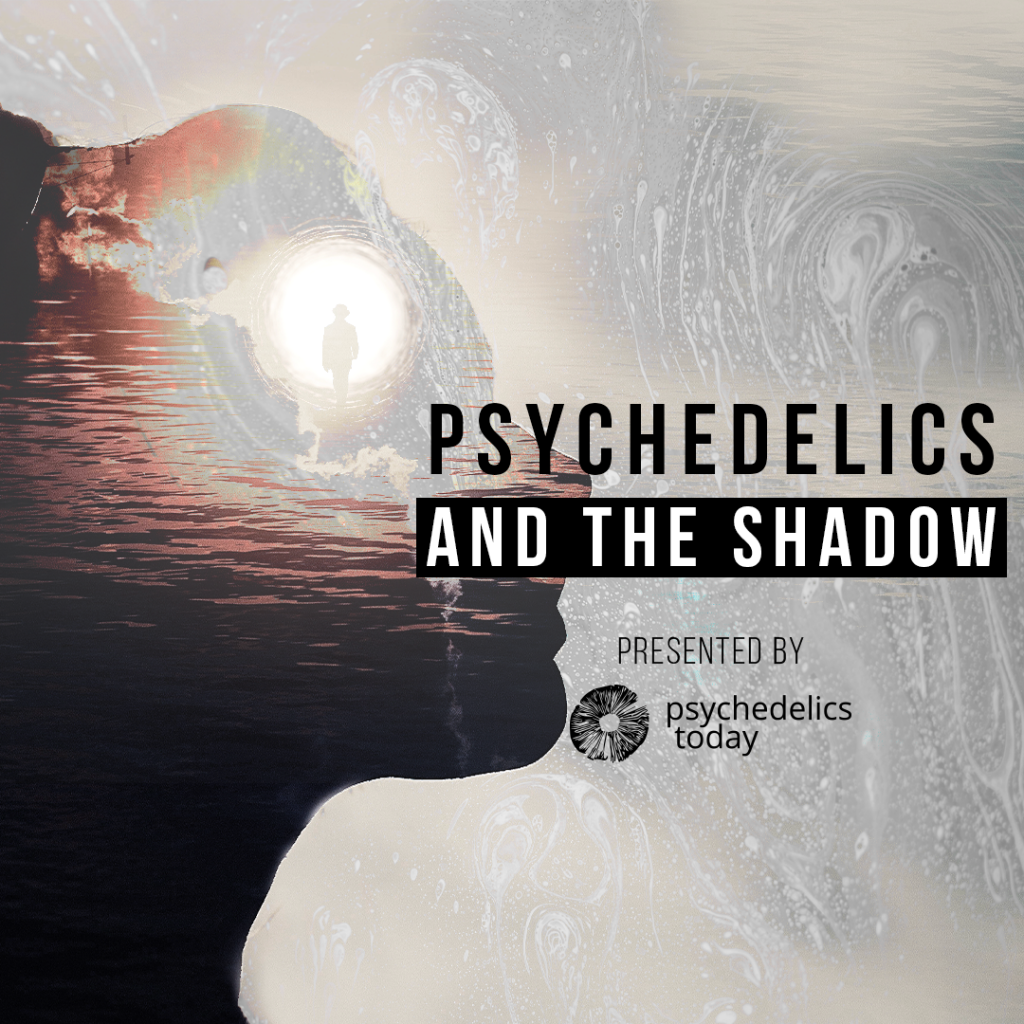
The Light and Dark Side of PCP
For Brian, who lives in the Washington, D.C. area, PCP was like “the boogie man.” He was familiar with stories of people taking it and stripping naked in the street, so he’s not sure what finally motivated him to try it. But a friend with sickle cell anemia was dipping cigarettes in liquid PCP—what locals call “the dipper”—and said, “If this guy has fucking sickle cell anemia and he’s not scared, I can’t let him go out by himself. So I hit it too.”
Brian, whose real name is not being used, says the first thing he noticed was ringing in his ears like an alarm going off in the distance, followed by a feeling of being immersed in water. On the phone, he made a warbly sound, like batteries dying in a cassette tape deck.
“It feels fucking odd and awkward,” Brian says. “But once you come down, it’s like clarity out of the chaos. I just descend it to a single cell organism and feel in tune with every fucking thing.”
Brian says he’s had multiple, profound psychedelic experiences on PCP. “I’ve literally had moments where I definitely feel that my fucking heightened crown chakra just exploded,” he says. “It actually exploded to a different consciousness, where I was an observer of myself.”
However, Brian, who has also used DMT and mushrooms, is first to admit that it’s “not all peaches and cream,” as he puts it. Several times, he says he’s woken up in the hospital. “It’s more chaotic, and more traumatizing and more negative than it has been positive,” he says. “But those positive times have been extremely fucking groundbreaking.”
Filmmaker and chemist Hamilton Morris has tried to show both sides of this drug. In fact, Morris says PCP was behind the entire genesis of his drug documentary series on Viceland, Hamilton’s Pharmacopeia. Morris recalls arguing with an executive producer about the show’s content, who said, essentially, “Well, you have to admit that some drugs are bad.”
Morris tells Psychedelics Today that he responded, “No, I don’t have to have to admit that at all. And he said, ‘Well, what about PCP? You couldn’t possibly say that PCP is good.’ And I said, certainly I could make the case that it’s not what people think it is. And that was sort of the origin of the show.”
Episode two, “A Positive PCP Story”, aired in 2016. It features Morris as he journeys across the U.S. to speak with PCP chemists, both clandestine and legitimate, as well as people like Timothy Wyllie, a British author, a founding member of the Process Church of the Final Judgment, and artist who illustrated sacred landscapes while under the influence of phencyclidine.
In contrast, Morris also interviews people who have struggled with PCP addiction, as well as Christ Bearer, a rapper who attempted suicide on PCP after amputating his penis. Christ Bearer survived his attempt, but now says he’s “proud” of what he did.
“He felt his penis had a negative impact on his life, and cutting it off allowed him to focus on his art,” Morris told The Guardian. “If he stands by it and thinks his life is better as a result, does that really mean he did something bad?”
Horrific self-amputation stories aside, it’s clear that PCP tales like these are anomalies. It doesn’t take much Googling to find almost identical stories involving alcohol. But few people are worried about booze driving people to such violence. Yet, when it comes to PCP, stories like this tend to rise to the top.
“What you shouldn’t do is then try to extrapolate that and say, ‘This is a normal response with PCP,’” Wallach says. (Side note: Wallach and Morris are friends. Wallach appears in the “Positive PCP Story” episode, and in 2014, Morris and Wallach published a scientific review of dissociative drugs, including ketamine and PCP.) “There absolutely have been horrible things that have happened while people were intoxicated. But you could say the same thing about any intoxicant, including ethanol. There’s no good, solid evidence that PCP has a higher propensity to cause this type of response.”
Morris has himself sampled PCP, both by snorting the hydrochloride salt and smoking the freebase. “My experiences with it were, on one hand, unremarkable,” Morris says. “Given that this is a substance that is almost exclusively associated with psychosis and adverse responses of one kind or another, the major takeaway for me was that whatever supposed problems are associated with this drug are not intrinsic problems of PCP. The problems [are] associated with poverty, lack of control over the dosing, black market distribution patterns, mental illness, and so on.”
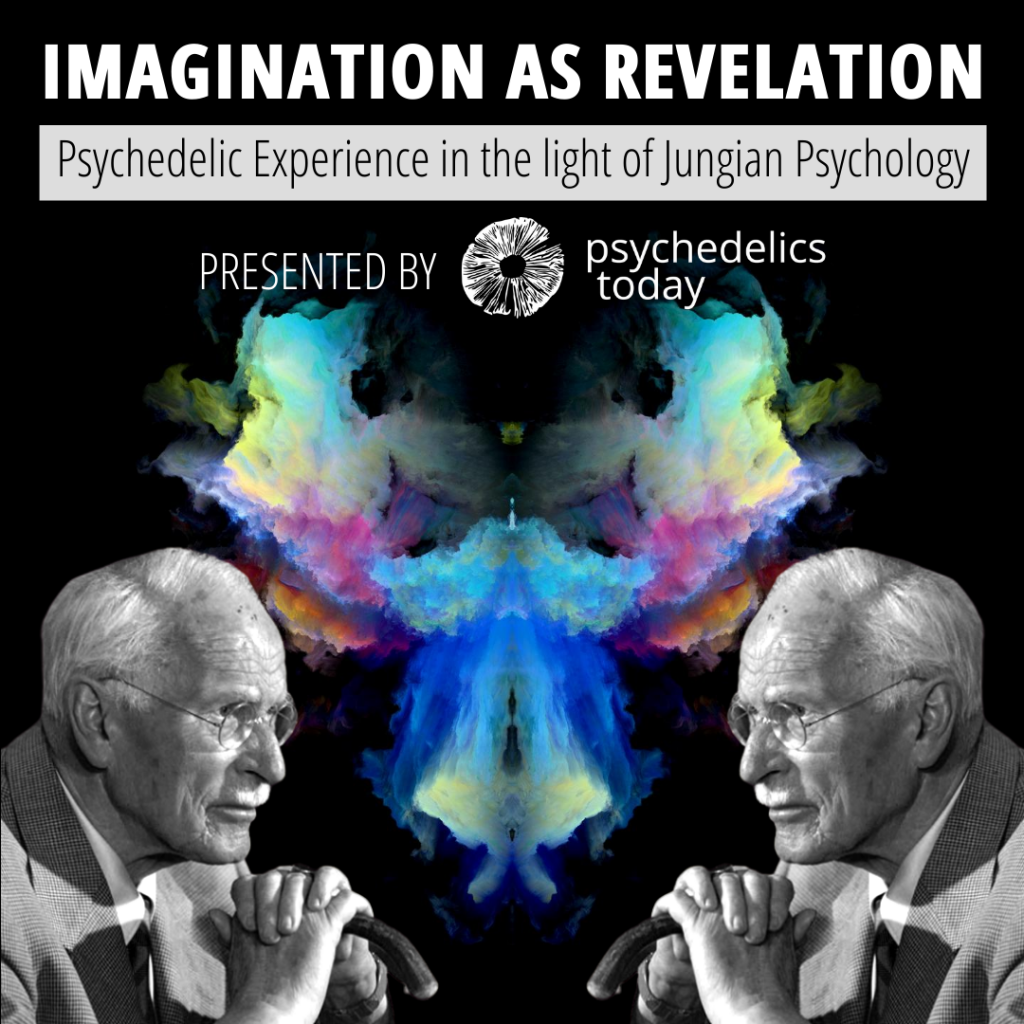
The Future of PCP
Will the psychedelic community ever come to terms with PCP like it has other synthetic psychedelics like MDMA, LSD or ketamine? Similar horror stories and misperceptions have plagued these drugs in the past, but today most people recognize the medicinal and (relatively safe) recreational value of psychedelics. PCP seems to remain a hold-out.
“I think it’s certainly something that has been ignored partially because of its association with impoverished people who have no connection to the counterculture, really,” Morris says. “Maybe the biggest issue of all is that this is a substance that middle upper class people don’t use. So in order to really change people’s minds on a large scale, it’s often the case that people have to have direct experience with the substance.”
However, the people I spoke to for this article didn’t seem optimistic that the stigmatizing attitudes toward PCP would change any time soon.
“That sort of myth is too important to opinion makers in our society, including law enforcement, including some people who are trying to distance their favorite drug away from something like PCP,” Hart says. “PCP does not have an advocate. It’s bad enough you don’t have an advocate, you need to have a powerful advocate. And I don’t see PCP having such an advocate.”
Morris agrees perceptions about PCP have been hard to change, even after the success of his TV show. And even the most adventurous psychedelic startups probably won’t want to investigate the scientific, therapeutic value of PCP, although analogs of the drug gacyclidine (a PCP derivative) are being trialed for tinnitus treatment.
“I don’t predict anyone will advocate for that in the near future. But you never know,” Morris says. “It’s just another one of many instances of a substance that has a reputation that has been sculpted, not by any intrinsic property of the substance itself, but by the social framework in which it’s used.”
Check out Part 2 of this series, “How PCP Became a Weapon of Police Propaganda”.
About the Author
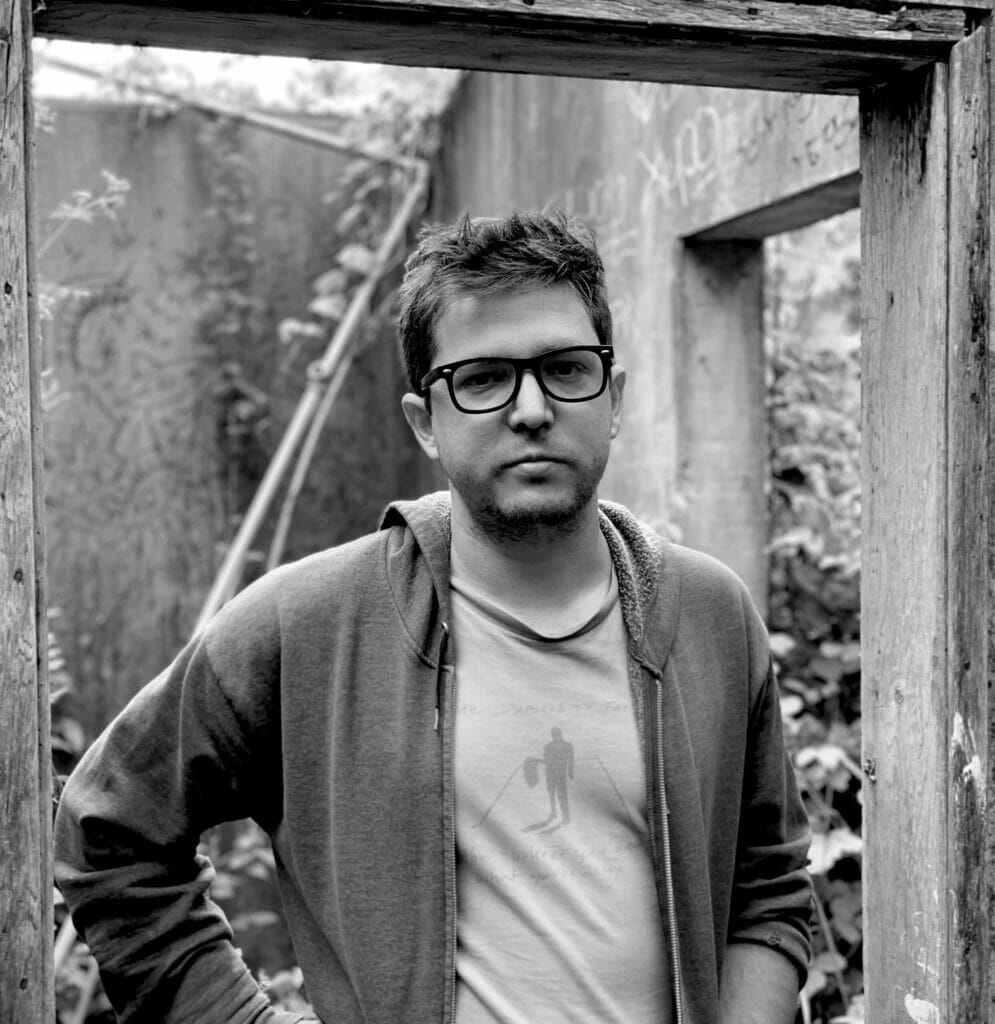
Troy Farah is an independent science and drug policy reporter that lives in Southern California with his wife and two dogs. His work has appeared in National Geographic, The Guardian, VICE, WIRED and others. He co-hosts the podcast Narcotica and can be found on Twitter @filth_filler or on his website troyfarah.com .
